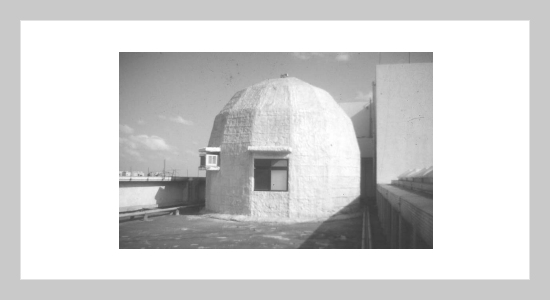Chia-Peng Chou This email address is being protected from spambots. You need JavaScript enabled to view it.1 1Department of Architecture Tamkang University Tamsui, Taiwan 251, R.O.C.
Received:
April 20, 2004
Accepted:
June 29, 2004
Publication Date:
May 8, 2005
Download Citation:
||https://doi.org/10.6180/jase.2004.7.4.02
This paper presents the relationship between daylighting performance and shading device design in the perimeter area of buildings. In the area of tropic and sub-tropic, designers always face with the contradiction between solar heat gain and daylighting using. Factors such as different type of shading device, material reflectance, fenestration design, opening ratio, and daylight distribution will be considered in this study. Models study will base on horizontal, vertical, and eggrate types of shading device and tested under an artificial sky in the hemisphere daylight skydome. This paper discusses and analyzes certain aspects critical to develop regression models to predict the daylight distribution of a room with different shading device design.ABSTRACT
Keywords:
Daylighting, Shading Device, Energy Conservation, Solar Radiation
REFERENCES









